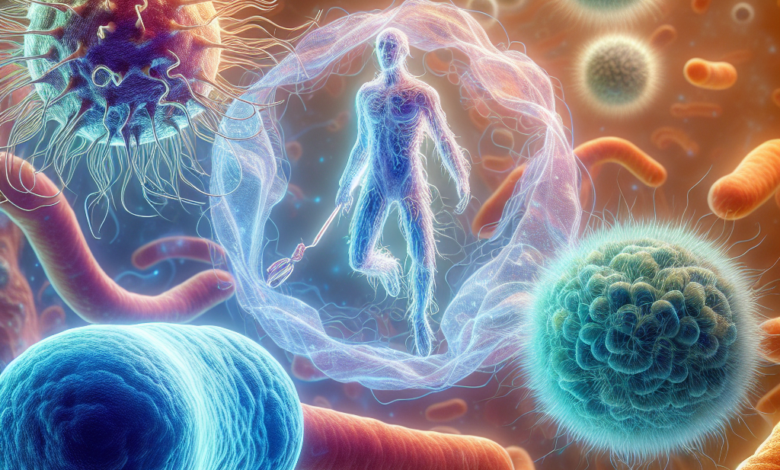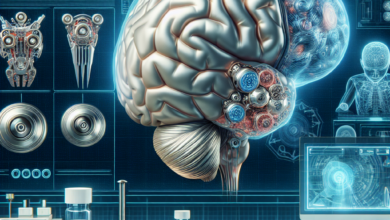Bacteriophage, Bacteria, and Candidate Division TM7: A New Dynamic in the Microbial Ecosystem

Bacteriophage, Bacteria, and Candidate Division TM7: A New Dynamic in the Microbial Ecosystem
Bacteriophages, often simply known as phages, are viruses with a unique ability, they can infect and kill bacteria. These distinct viruses have evolved to target specific types of bacteria and are therefore crucial players in the microbial ecosystem. In a recent study conducted by scientists at the Ada Forsyth Institute, a new participant in the complex phage-bacterial arms race was discovered – ultrasmall bacterial parasites known as Saccharibacteria or TM7.
These parasitic organisms were found to aid their host bacteria in resisting phage infections. Lead investigator, Dr. Xuesong He, explains that this is the first documented interaction of its kind within the human oral microbiome, involving the parasite, host bacteria, and phage. While the parasite benefits from exploiting its host, it also aids the host in protecting itself from the phage. This intricate relationship underscores the dynamic nature of the oral microbiome and the influence of environmental changes on microbial interactions.
Earlier reported phage-resistance mechanisms often involve mutations in the bacteria’s surface structures. However, the TM7 parasite induces a physiological change that alters gene expression in the host bacteria, preventing phage attachment. In laboratory tests, the parasite caused stress and slowed the growth of the host bacteria. Interestingly, in the oral cavity, it becomes beneficial. The TM7 aids in creating a balance where bacteria with the parasite can continue to reproduce and provide a food source for phages, while also protecting themselves from infection.
This new understanding of the oral microbiome challenges the conventional notions of ‘good’ and ‘bad’ bacteria. It emphasizes the importance of context in determining the role of microbes. The Ada Forsyth Institute, a leader in oral health research since 1915, continues to contribute significantly to this field. The findings of this study have the potential to greatly impact our understanding of the oral microbiome and its role in human health, highlighting the complex and dynamic relationships between microorganisms and their environment.





